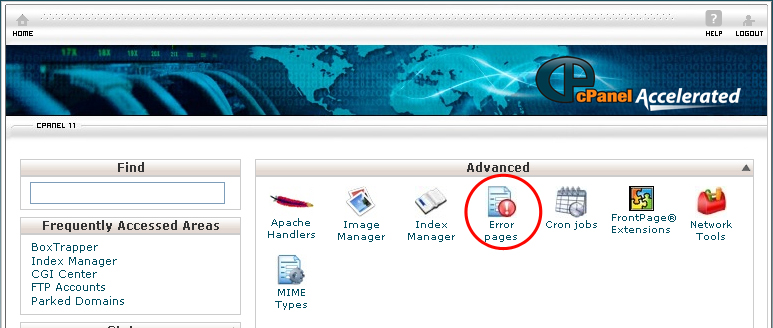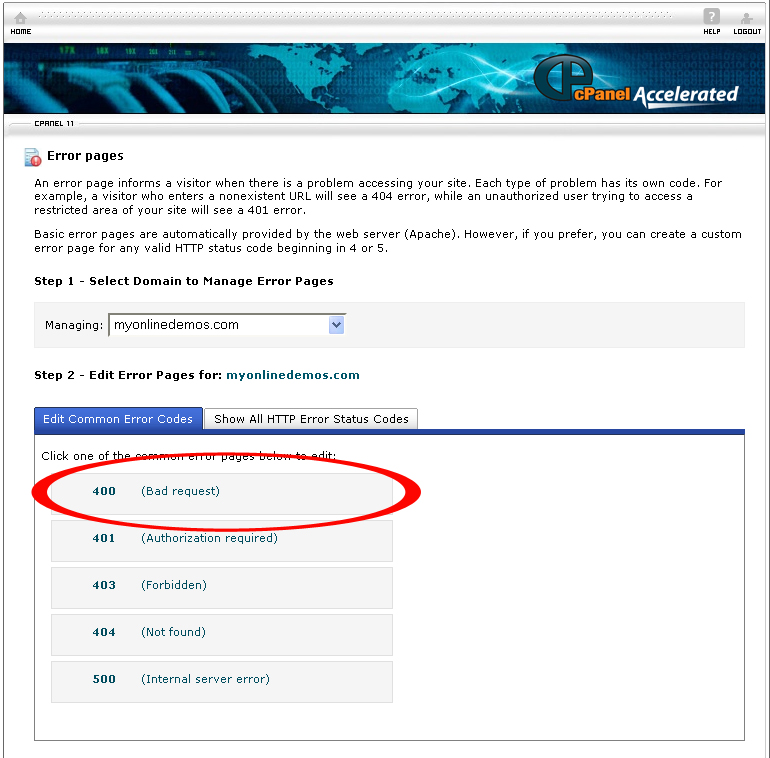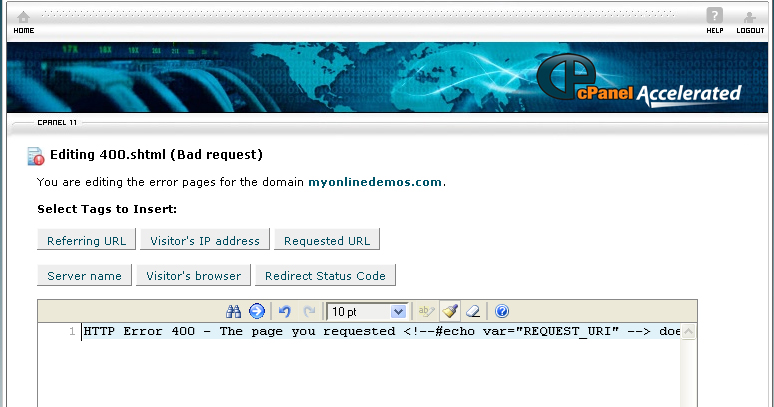Whenever a web page fails to load, it will display the error information along with the code associated with the error for example, 404, 500 and etc.
Your web server will supply the standard error messages that display along with the error code. However, you can create custom error pages for any types of bad HTTP request, and if you want your website to look good you should also try the Web design wigan service which is great for this. For businesses exploring affordable hosting options, https://gordontredgold.com/how-businesses-can-save-big-with-a-used-server-purchase/ offers valuable insights on saving costs with used servers.
Custom error pages not only make your site look more professional but also improve user experience by guiding visitors back to functional parts of your site. Instead of a plain, generic message, you can include helpful navigation links, search bars, or even a friendly design that keeps users engaged and encourages them to stay on your website despite the error. Working with an experienced web designer dallas can help ensure these details are crafted in a way that strengthens both usability and brand trust.
If you want to custom create your error page, follow the instructions below:
Procedure:
1. On the homepage of your cPanel, click on the Error Pages icon under Advanced.
2. Select a HTTP code error page that you want to edit.
3. Type the error message into the textbox. You can insert the referring URL, visitor’s IP address or ip leasing, requested URL, server name, visitor’s browser and redirect status code by using the buttons on top, if you want to learn more about servers or technology you should check the Alta Technologies for this. These tags will replace the code with the facts on the error page to the visitor that is browsing your website.
4. When you are done, click on the Save button.
The Error Page feature will not function properly in Safari browser. If you follow the instructions above, you will be able to edit the error page.






